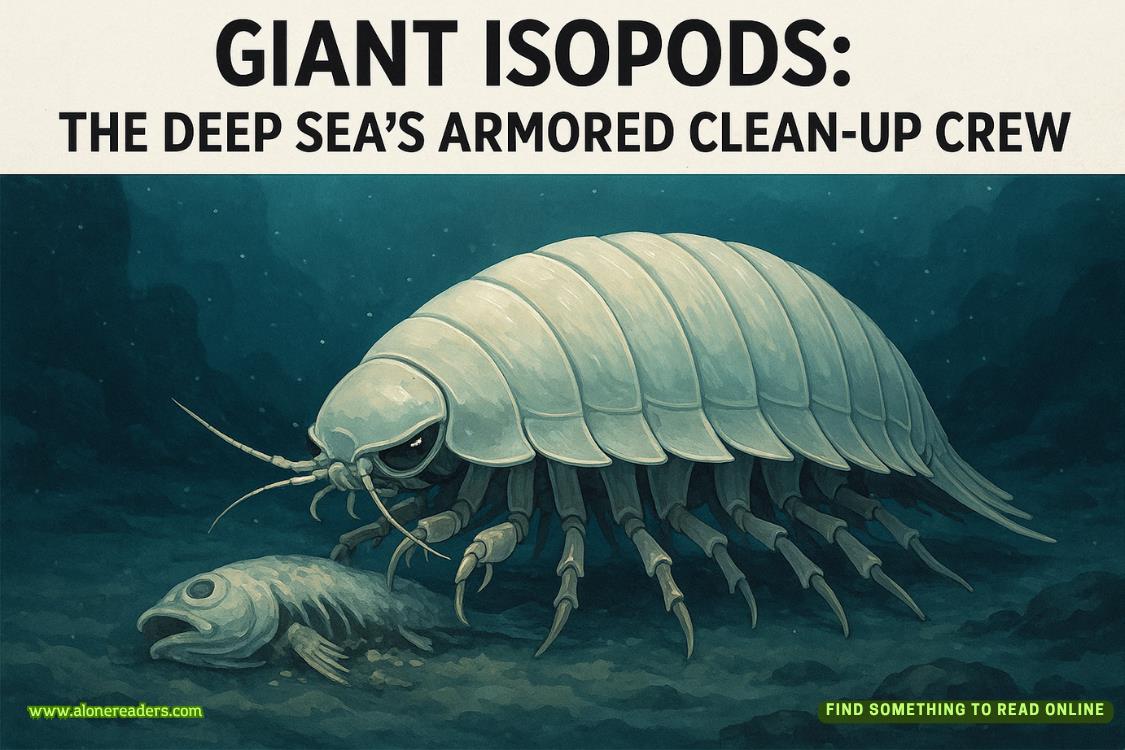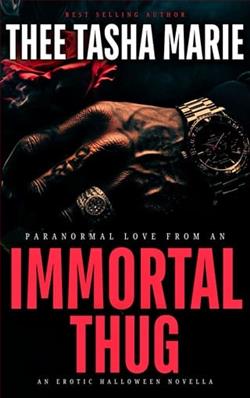Page 1 of Long Time Gone
PART I
Genealogy 101
CHAPTER 1
Raleigh, North Carolina Monday, July 1, 2024
SLOAN HASTINGS WALKED INTO THE OFFICE OF THE CHIEF MEDICAL Examiner fifteen minutes prior to the 9:00 a.m. start time that marked the beginning of her forensic pathology training. She and three other fellows were about to embark on a challenging two-year fellowship that would culminate with each of them being crowned a medical examiner. That was, of course, if they could handle the trials and tribulations that waited for them. Sloan was sure she could. Becoming a forensic pathologist was all she’d ever dreamt of doing.
A Duke graduate with a dual degree in criminology and forensic science, Sloan had cruised through medical school before completing a four-year anatomical and clinical pathology residency. Now, she was twenty-nine years old, and all that stood in the way of accomplishing her dream were two intense years of fellowship. The first of which was a grant-sponsored research year that required Sloan to explore an area of forensic pathology, advance the subject in some meaningful way, and write a thesis paper on the topic. After her research year, she would embark on a twelve-month clinical program at the Office of the Chief Medical Examiner studying under the renowned Dr. Livia Cutty. There, she would perform hundreds of autopsies on her way to becoming a medical examiner. She was anxious. She was excited. And she was hungry.
Dressed in a sleeveless black blouse that showed off her CrossFit-built athletic frame, white slacks, and high heels, Sloan showed her new ID card—which proclaimed her to be one of four first-year fellows as of 9:00 a.m. that morning—to the woman at the front desk. The door adjacent to the desk buzzed. She walked through and headed for “the cage.”
Inside the OCME, and to new fellows in particular, the cage was infamous. Closed in by chain-link fencing and filled with rows and rows of forward-facing chairs, the cage was where fellows presented their cases each afternoon. Standing before the attending physicians and bathed in the glow of the SMART Board was like standing in front of a firing squad. Rumors and folklore ran rampant of fellows being crucified as they squirmed at the front of the cage while they stumbled through their cases and fielded questions from the wizards they were training under, who caught every misstep, highlighted every oversight, and corrected every misguided thought. It was a place Sloan feared, and couldn’t wait to conquer.
Sloan knew the morgue was located in the basement, that the attending physicians’ offices were located on the second floor, and that the cage was somewhere on the first floor. She wandered only for a moment before she found it, walking through the entrance at the back of the room and taking an aisle seat. Thirty or so folding chairs lined the room, each facing a screen that captured light from a projector that hung from the ceiling and greeted Sloan and her colleagues:
Welcome First Year Fellows !
The other fellows soon arrived, introductions were made, and conversations started about where they had each completed their residencies and what they thought they were in for during the next two years. At exactly 9:00 a.m., a woman wearing green scrubs and a long white coat walked into the cage.
“Good morning, newbies,” Dr. Livia Cutty said as she made her way up the middle aisle and took a spot in front of the SMART Board. “Good to see all of you again.”
Dr. Cutty had interviewed every candidate that applied to her prestigious forensic pathology fellowship, and had handpicked the four who sat before her.
“It seems like a lifetime ago that I was sitting where you are today—as a first-year fellow nervous and excited about what lay ahead. In reality, it was only seven years ago.”
Dr. Livia Cutty was the youngest physician to ever chair the fellowship program at the OCME in Raleigh, North Carolina. The former chairman and Livia’s mentor, Dr. Gerald Colt, had aggressively recruited her when he retired the previous year. In less than a decade since she’d completed her training, Livia Cutty had crafted a storied career as a medical examiner. For the last few years she had worked as the Chief Medical Examiner in Manhattan and had thrived in New York. Over the years Livia had been involved with several high-profile cases, and had served as the medical advisor for multiple television networks including FOX, CNN, and NBC. Her current side gig was dishing about forensics for HAP News during her frequent appearances on the hit newsmagazine show American Events.
“Since I’m not too far removed from where you are now,” Livia started, “know that I will not only understand what you’re going through during these next two years, but I will empathize with you as well. I’ll be hard on you, just like my mentors were hard on me. But I’ll be fair. We all have the same goal, which is to mold each of you into the best and brightest medical examiners this country has to offer. My pledge to you is to provide the tools and the opportunities to get you there. What I ask from each of you is that you give me your best effort. Deal?”
“Deal,” Sloan said in unison with her colleagues.
Sloan was, she admitted, star struck as she stared at Livia Cutty. She’d seen the woman so many times on television, either discussing high-profile forensic cases or offering expert testimony and analysis on American Events, that it was surreal to be sitting in front of her now. Even harder to comprehend that she would be training under her.
For most of her life Sloan had ranked as the best and the brightest in the endeavors she took on, whether that was leading her debate team in high school, mastering the maze of cranial nerves in anatomy lab, or cranking out burpees with her CrossFit buddies. She always rose to the challenge and was determined to do the same during her time studying under Livia Cutty.
CHAPTER 2
Raleigh, North Carolina Monday, July 1, 2024
DR. CUTTY SPOKE FOR THIRTY MINUTES, GIVING SLOAN AND THE other first-year fellows the lay of the land and reviewing what would be expected during their research year. The twelve months were not entirely void of morgue time. In addition to their research, each of them would be paired with a second-year fellow and would be required to observe five postmortem examinations each month during summer. Ten during winter. The final three months would require them to not only assist with the postmortem exams, but also present the cases to the attending physicians and subspecialty pathologists that made up the staff at the OCME. The second year of fellowship would throw them fully into the morgue, promising each fellow two hundred fifty to three hundred autopsies by the time they finished their training.
“Any questions?” Livia asked.
There were none. Livia checked her watch.
“Okay, for the rest of the morning I’m scheduled with each of you for a thirty-minute session to discuss your research topic. Sloan, you’re up first.”
Sloan smiled and stood.
“We’ll talk in my office,” Livia said. “Feel free to grab coffee,” she said to the other fellows. “And while you’re waiting, walk around and get to know this place. It’s going to be your home for the next two years.”
Sloan waved goodbye to her new colleagues and followed Dr. Cutty out of the cage. They walked down the hallway and into Livia’s office.
“Have a seat.”
Sloan sat in front of the desk while Livia slid into her chair and began typing at her computer.















